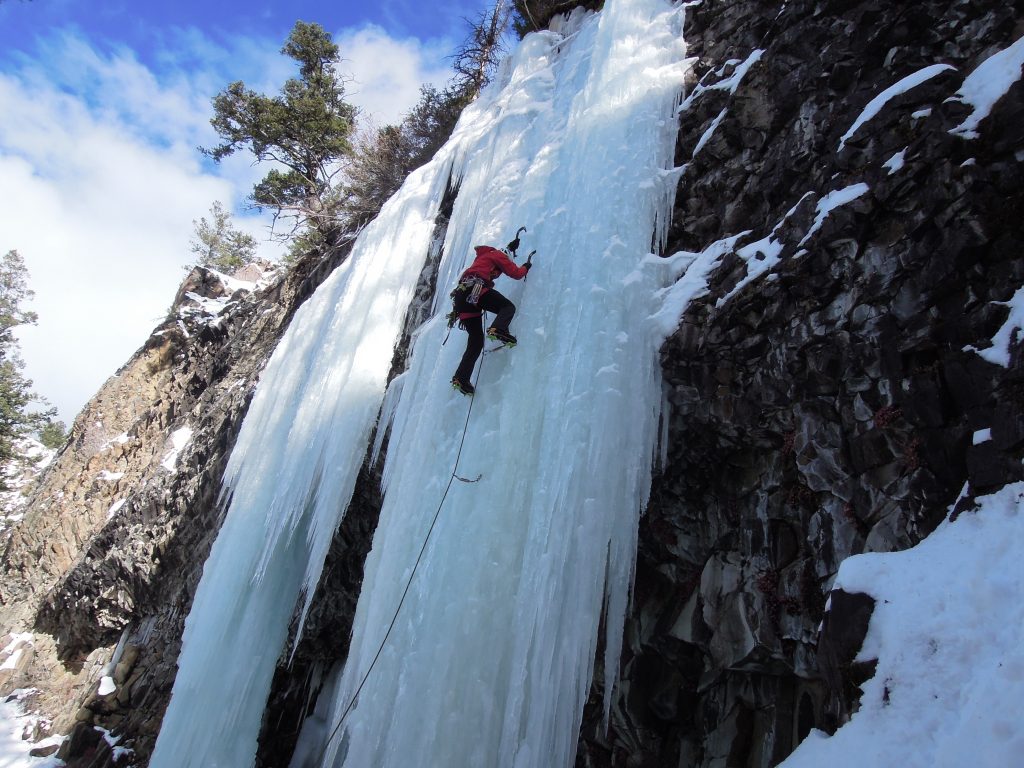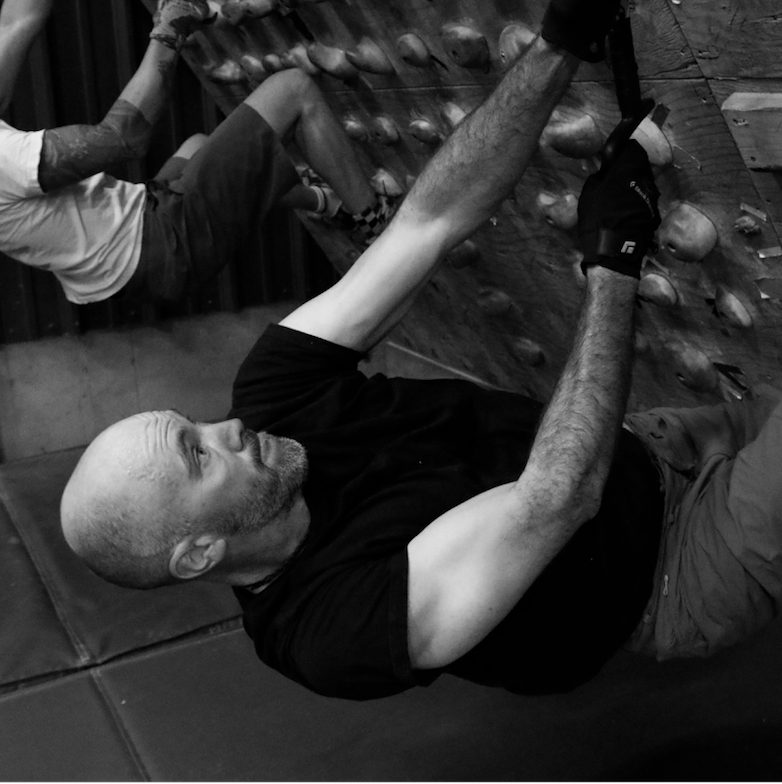
By Garrick Hart
Mountain guides tend to think of mistakes that they make (the ones that don’t result in an accident) as “free lessons”… Taking those free lessons to heart, and not repeating them is one of the most important things we can do as guides to keep our clients, and ourselves safe and having a good time. Here are the biggest mistakes I’ve made, and the free lessons I’ve learned over the past decade guiding in the Tetons.
1) Clients are on vacation.
More often than not, mountain guides become mountain guides in part because they’ve mastered the art, and the joy of suffering. Unfortunately, suffering is not high on the list of priorities for all clients who throw down for a trip to the Tetons.
One season I was charging ahead on the Grand Teton with a couple in marginal conditions. We were nearing the summit, and getting quite wet when I finally reluctantly pulled the plug. At the time, I believed that we could have made it to the top and back safely, but it would have just been a bit miserable.
When one of my clients started shivering and thanked me for turning them around when we were at the rappel, I realized my error. Not only was suffering that much not on their agenda for this trip but pushing people past their limit has the potential to get dangerous fast.
This group ended up happy with their near summit experience and returned the next summer to climb the rest of the mountain with me in more pleasant conditions.
2) If they are not safe while learning, they won’t be safe while climbing.
Prior to one Grand Teton trip, I was teaching climbing school to a couple of dads, with two kids each. It was amazing how quickly the kids were able to learn the knots, rope work, and belaying. Clearly, they were more used to learning new information than their dads were, as they were still in school. The dads fumbled a bit but quickly insisted that they had it, and understood everything I had taught.
While on the climb, we had reached the top of the Sargent Chimney’s on the Grand, and I transitioned from traditional pitched climbing to short-pitching / short roping. I handed one of the dads a cow’s tail with a couple auto lockers to clip into, kiwied my rope and was off. I took one step before noticing that he had clipped into a gear loop rather than belay loop, rendering the rope worthless. Fortunately, the error was caught right away.
In hindsight though, the real error was in me not creating a safe learning environment during the training a few days before. The dad was embarrassed that he could not learn as fast as his own teenage kids, and as a result, tried to hide his lack of understanding from me so that I wouldn’t “shame” him in front of them.
Turns out that there is little more dangerous than a client pretending like he or she understands your critical instructions when they have no idea what you are talking about.

3) The secondary hazard is the one that’s going to get you.
Prior to each trip, I like to think or talk through what the most significant hazards of the day are likely going to be. While preparing for a trip up the Grand with a group of kids, it was obvious what that hazard was going to be: ice.
There was a storm that laid a fresh blanket of snow on the climb several days before our scheduled climb. We expected the Exum Ridge to be relatively dry, but the descent down the shady side to be covered with snow & verglass. Kids were going to have to descend with the aid of crampons and ice axes, which would be new to them.
But at least we had a perfect weather forecast… As we left wall street and gained the Exum Ridge there was not a cloud in the sky. The clouds built slowly at first, but then gained strength fast as we climbed the friction pitch, high on the ridge. The first lightning strike hit the top of the mountain at about 8:00 AM on what was supposed to be a 0% chance of thunderstorm day.
In hindsight, the focus on the potential icy descent, caused us to forget about how a monsoonal flow in the Tetons is notoriously difficult to forecast accurately, but yet has the potential to blow up fast and early when moisture hits the Western front of the mountains.
4) If you don’t keep yourself safe, you can’t keep your guest safe.
Once your number of Grand Teton Ascents passes the century mark, it is easy for even the most diligent guide to become complacent. I became very comfortable and at home while traveling on the Grand.
That all changed after witnessing a friend, and far superior climber than I fall off the mountain.
In the aftermath I mentioned to one of my mentors: “If he can fall off there, I’m not safe anywhere on that mountain”. My mentor’s response was just as true as it was poignant: “you never were…”
I now make a point to acknowledge my vulnerability, and take steps to mitigate it. I carry and place more gear, take advantage of terrain, take more belays, pitch it out more, and short-rope less. I’ve always provided great security for my clients, but if I don’t provide great security for myself, I put them at an even greater risk.
5) Don’t Interfere in other people’s epics.
You get to see a lot of interesting things if you are working on the Grand Teton every week, summer after summer. The moderate grade of the trade routes lures all kinds of climbers, with a wide range of experience to the mountain each summer.
It’s easy for a guide to become frustrated, or even hostile towards the seemingly reckless public that is out there climbing on any given day. There is a fine line between lending a helpful tip to keep someone safe, and having a negative impact on other people’s experience.
I’ve found that staying on the right side of that line has more to do with my mindset, than their skill set. I’ve learned to take inspiration from inexperienced climbers that are laying it all out there rather than adopting an attitude of “they have no business being here”. After all, it does remind me of my days as a beginning climber.
I’ve seen that this mindset allows public climbing parties to hear my tip, or even learn from my modeling rather than rejecting me (and guides in general) as an arrogant prick.
Garrick Hart is a guide with Exum Mountain Guides in Jackson, Wyoming, and a long-term athlete at MTI.
You Might Also Like The Alpinist Fitness Assessment
